Exploring the Delights of Salmon Wellington
Salmon Wellington, also known as salmon en croute, is a culinary masterpiece that seamlessly combines the rich, buttery flavor of salmon with the delicate, flaky texture of puff pastry. This dish is a favorite among food enthusiasts for its impressive presentation and the delightful contrast of textures and flavors it offers. Let’s delve into what makes this dish so special, how it originated, and answer some frequently asked questions to enhance your culinary knowledge.
What is Salmon Wellington?
Salmon Wellington is a savory dish where a fillet of salmon is wrapped in puff pastry and baked until golden brown. Inside, the salmon is typically accompanied by a layer of flavorful spinach or other greens, sometimes mixed with cheese and aromatic herbs. The result is a dish that looks sophisticated but is surprisingly straightforward to prepare. The combination of creamy spinach filling and buttery pastry creates a rich and indulgent flavor profile that is sure to impress.
The origin of Salmon Wellington
The concept of wrapping food in pastry, known as “en croute” in French, dates back to Tudor England. The more famous beef Wellington inspired this dish. Wealthy households adapted the recipe, substituting the beef with more readily available and affordable salmon, creating what we now know as salmon Wellington. This dish became a staple in fine dining due to its luxurious presentation and delectable taste.
Why make Salmon Wellington?
Salmon Wellington is perfect for entertaining because it strikes a balance between being visually stunning and relatively easy to prepare. The puff pastry creates a beautiful golden crust, while the salmon remains tender and moist inside. Additionally, the dish can be prepped in advance, making it an ideal choice for dinner parties and special occasions. The ability to prepare it ahead of time and simply bake it before serving adds to its convenience.
Lesser-known facts about Salmon Wellington
One fascinating aspect of Salmon Wellington is its adaptability to various dietary preferences. For instance, the traditional recipe can be modified to create a gluten-free version. This can be achieved by using gluten-free puff pastry, which is now widely available in specialty stores. Another interesting variation is the keto-friendly Salmon Wellington. In this version, almond flour and mozzarella dough can replace the puff pastry, making it low-carb and suitable for those on a ketogenic diet.
Moreover, Salmon Wellington is not just limited to dinner. It can be transformed into an elegant brunch item by serving it with a side of poached eggs and hollandaise sauce. This adds a luxurious twist to the typical brunch menu and provides a hearty start to the day.
Another lesser-known fact is the cultural variations of this dish. In Russia, a similar dish called “Kulebyaka” exists, which traditionally uses a yeasted dough instead of puff pastry and includes layers of rice, mushrooms, and hard-boiled eggs along with the salmon. This version is typically richer and more complex in flavor, reflecting Russian culinary traditions.
Salmon Wellington also offers a canvas for culinary creativity. Chefs and home cooks alike can experiment with different fillings such as crab meat, scallops, or even lobster to elevate the dish further. The choice of herbs can also be varied, with tarragon, basil, or chervil offering unique flavor profiles.
For those concerned about sustainability, using responsibly sourced or farm-raised salmon ensures that this dish remains environmentally friendly. Many chefs advocate for the use of sustainably caught salmon, which helps maintain ecological balance and supports sustainable fishing practices.
Lastly, the history of serving fish in pastry goes beyond England and France. In Scandinavian countries, fish pies wrapped in dough have been a staple for centuries, showcasing the universality of this cooking technique.
Frequently Asked Questions
- 1. Should the Salmon skin be on or off for Salmon Wellington?
The salmon should be skinless. If your fillets have skin, ask the fishmonger to remove it or do it yourself with a sharp knife to ensure a smooth and pleasant eating experience.
- 2. How do I ensure my Salmon Wellington is not soggy?
To prevent sogginess, thoroughly pat the salmon dry before wrapping it in puff pastry. Also, make sure to cut slits on the top of the pastry to allow steam to escape during baking, and start with cold salmon fillets. Using an egg wash on the edges will also help seal the pastry and keep the filling inside.
- 3. Can I cook frozen Salmon Wellington?
Yes, you can bake salmon Wellington directly from frozen. Add 15-20 minutes to the cooking time, ensuring it is thoroughly heated through and the pastry is golden and crisp.
- 4. What is the difference between Salmon en Croute and Salmon Wellington?
There is no difference; they are two names for the same dish. “Salmon en croute” is the French term, while “Salmon Wellington” is the English name.
- 5. What sides to serve with Salmon Wellington?
Popular sides include roasted vegetables, mashed potatoes, or a fresh salad. These sides complement the rich flavors of the salmon and pastry without overpowering them.
Tips for success
Use high-quality ingredients: Opt for wild-caught salmon if possible, as it tends to have a better flavor and texture. Fresh ingredients like spinach, dill, and lemon zest will enhance the dish’s overall taste.
Keep pastry cold: Ensure your puff pastry is cold when you wrap the salmon. This helps achieve a flaky, golden crust.
Score the pastry: Always score the top of the pastry to allow steam to escape and prevent sogginess.
Make-Ahead Tips
Salmon Wellington can be assembled up to a day in advance. Store it in the refrigerator, and when ready to bake, apply the egg wash and proceed with baking as directed. If freezing, wrap the prepared, unbaked Wellington tightly in plastic wrap and foil. When ready to bake, let it thaw slightly, apply egg wash, and bake.
Final Thoughts
Salmon Wellington is a showstopper that will impress your guests and elevate any meal. With its rich flavors and elegant presentation, it’s a dish that’s both indulgent and delightful. Whether you’re a seasoned chef or a home cook looking to impress, salmon Wellington is a recipe worth mastering. Enjoy the process of making it, and relish the compliments that are sure to follow!
For more culinary inspiration and tips, stay tuned to our blog where we share delightful recipes and cooking techniques to help you shine in the kitchen.

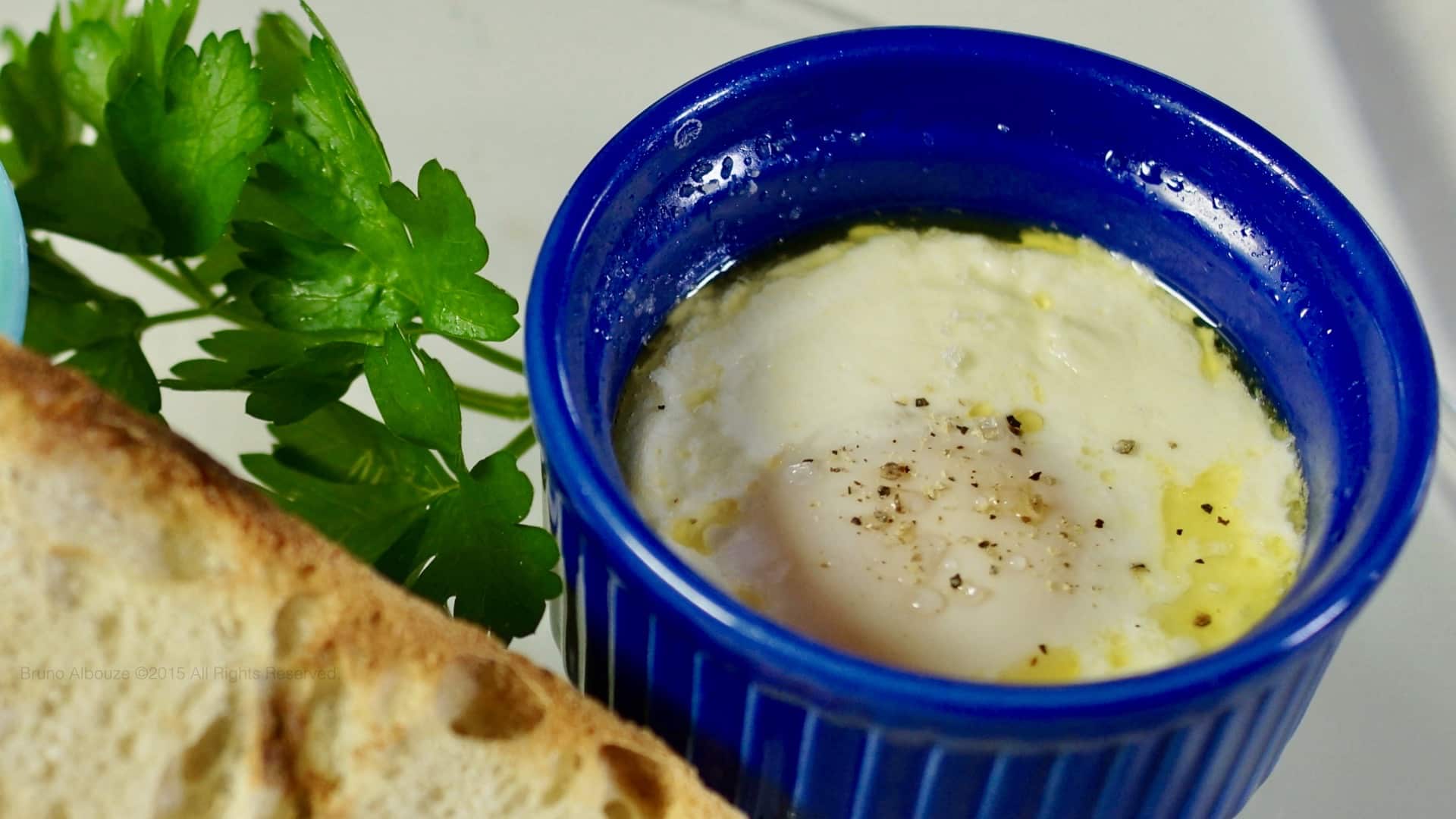
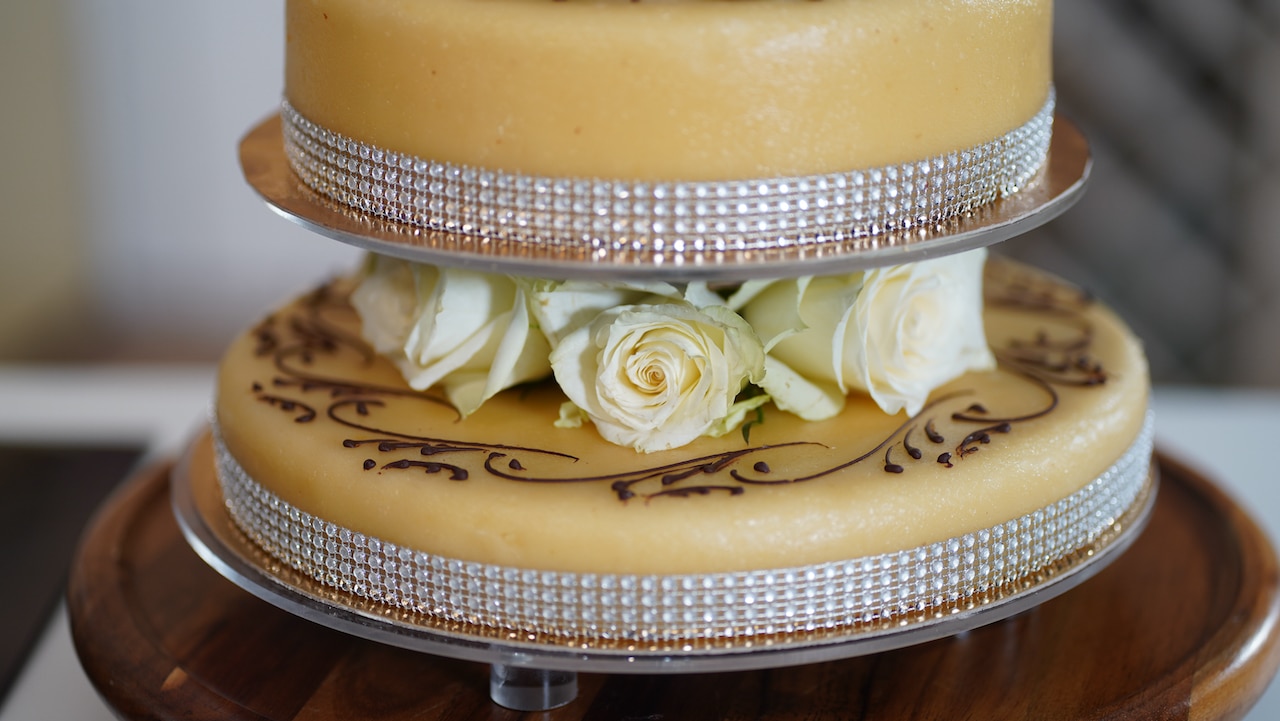
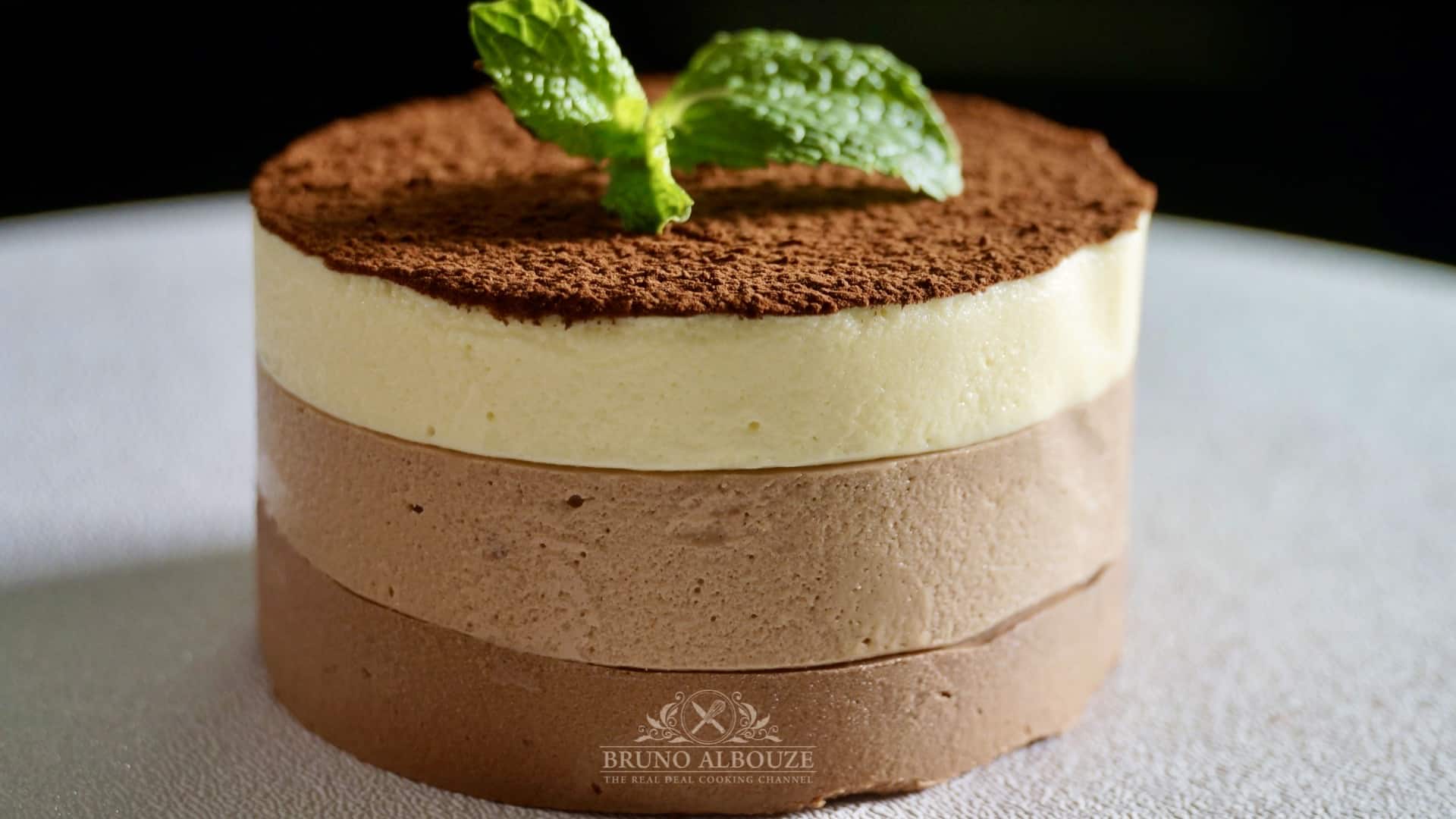
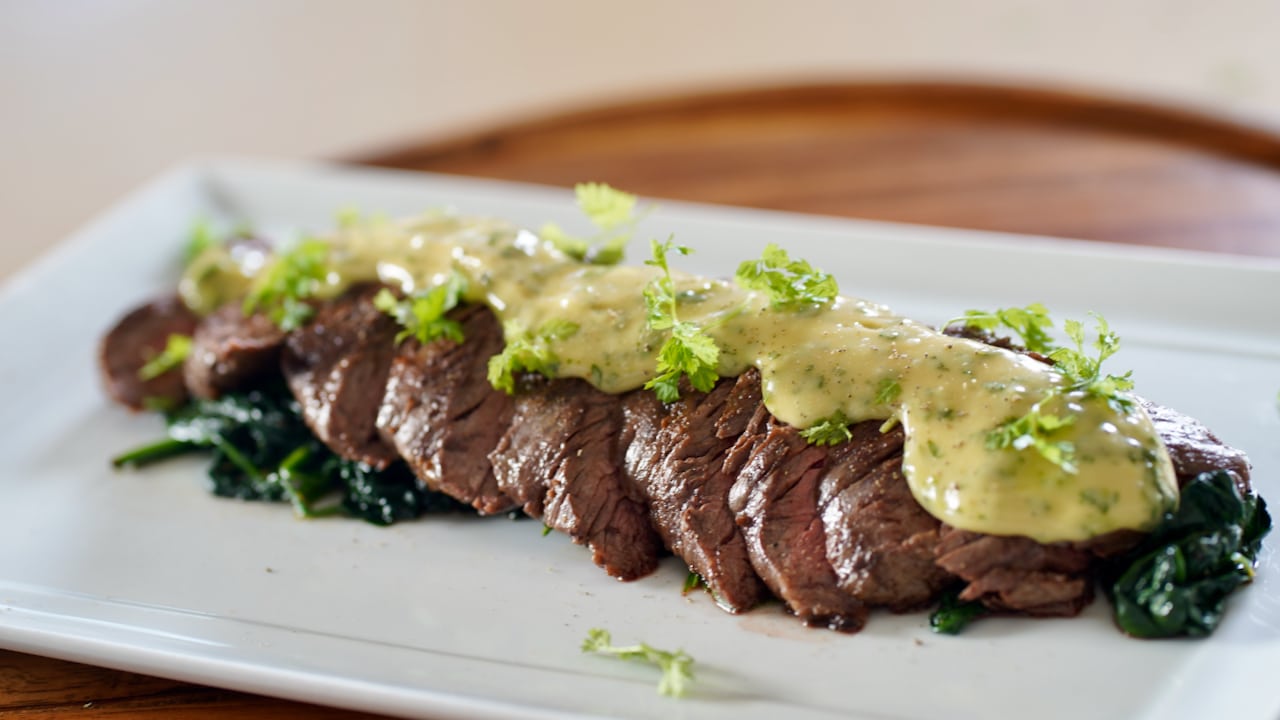
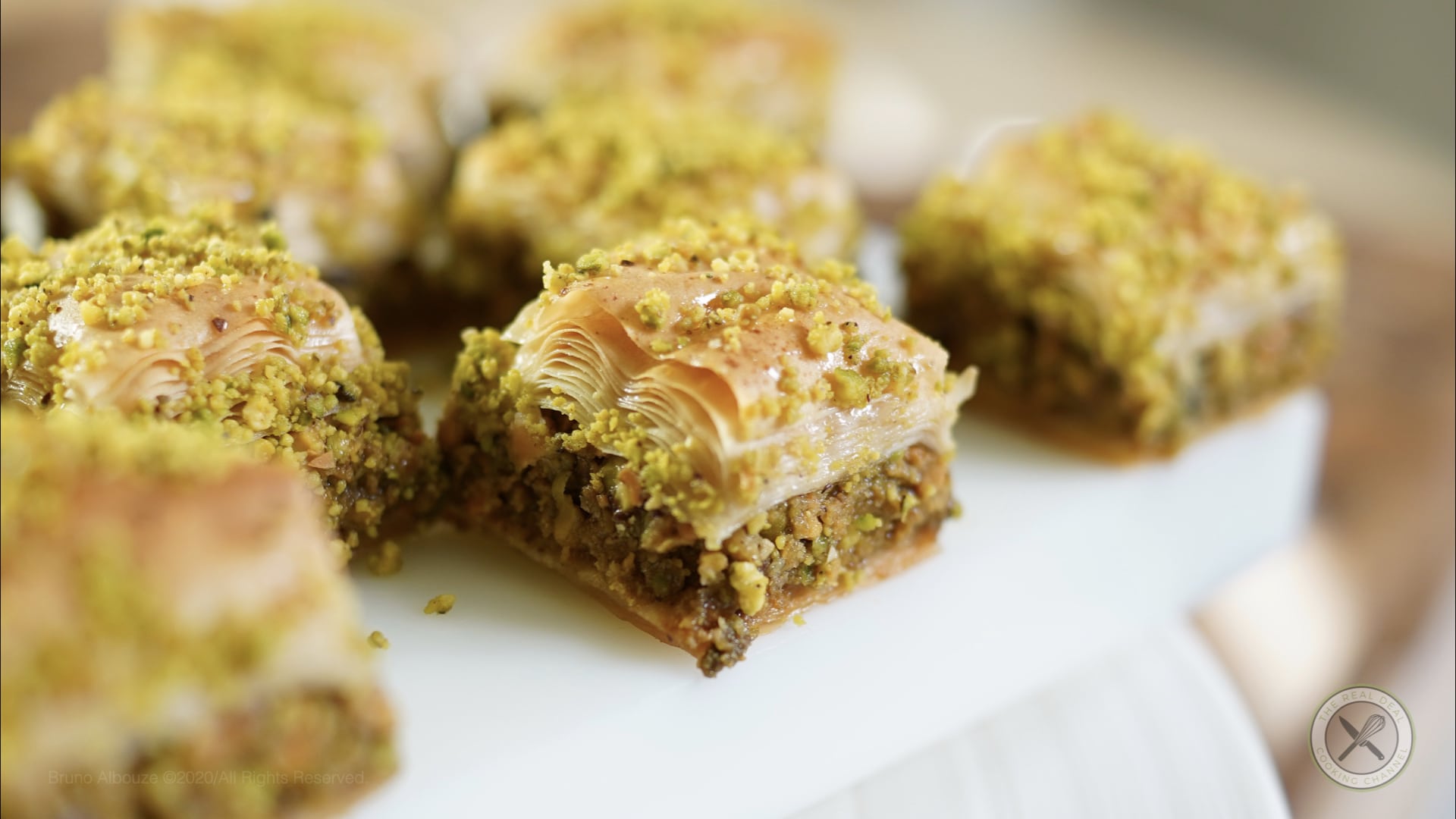

2 thoughts on “Salmon Wellington”
Hey there Bruno, I hate myself for sking this, but what would be a good substitute for the scallops? Is there a way some cream cheese could be mixed with spinach to make the mousseline?
Thanks, and keep it up!
Hello Nikola, you can use shrimps instead 🐠